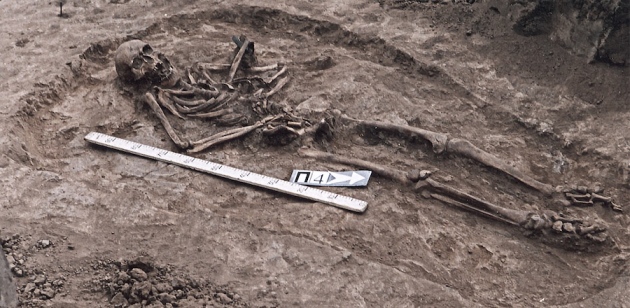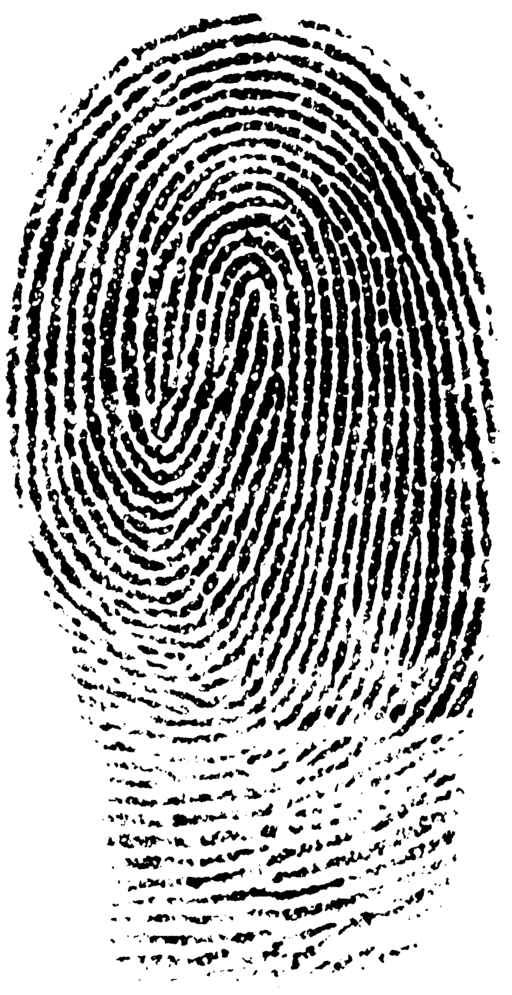Rewriting the History of the Black Plague
/
We’ve discussed the history and science behind the Black Death several times already on Skeleton Keys—from bubonic plague victims discovered in London, to a cemetery under a Parisian supermarket, to whether rats were truly responsible for spreading the epidemic, to the 15th century Bedlam hospital cemetery that was recently unearthed, and finally to sequencing Yersinia pestis, the bug that caused the disease. But the plague was back in the news again last week with the announcement of the discovery of Bronze Age skeletons containing DNA from Y. pestis, indicating the existence of the plague a full 3,000 years earlier than originally suspected.
While the most well-known instance of plague is the 14th century Black Death epidemic that ravaged Europe and killed more than half the population (approximately 50 million people), the earliest known epidemic was in 6th century Germany. And while theories hold that the ancient Greeks also experienced plague, there is no scientific proof of its existence in that population.
The Bronze Age is known as being a time of not only the development of much stronger bronze tools by smelting copper with tin and other metals, but also the development of early writing systems and the first structured (though early) civilizations. It is also known as the time of a sudden mass migration from Russia and modern day Ukraine into Europe. Scientists now think they can explain why.
DNA extracted from the teeth of 101 Bronze Age skeletons was sequenced in hopes of finding traces of Y. pestis as a method of explaining the mass exodus. To their surprise, a significant number of specimens (7%, which is high as a single cause of illness-based death in a normal general population) contained Y. pestis sequences, and two specimens contained sufficient DNA to encode the entire Y. pestis genome. The oldest strains dated back to 3,000 B.C., a full three millennia before previously theorized plague origins.
When scientists studied the stains of Bronze Age Y. pestis and compared it to the deadly 14th century version, they found an interesting evolutionary tale. The earliest versions of the plague bacteria lacked the gene that enables the bacteria to colonize the gut of fleas which enables them to be the vector between human hosts. Without that insect vector, Y. pestis could only be spread human-to-human directly through blood or saliva, and, as such, was much less transmissible. However, by 1,000 B.C., that gene was present in the bacteria allowing for zoonotic (animal/insect to human) transfer and increased rates of infection. These same early Bronze Age versions of the plague contained another gene, one that allowed the bacteria to infect the lungs of humans. As a result, Bronze Age Y. pestis likely caused pneumonic plague rather than bubonic plague (an infection of the lymphatic system). This was by no means a preferable version of the disease—while infections were less common, the death rate from pneumonic plague was 90 - 100%, as opposed to bubonic plague’s 30 – 90%.
Such a catastrophic death rate supports the theory that a mass migration occurred in an effort to escape the ravages of the disease. Without the advantage of transmission and transport via fleas—which would use other animals to move from place to place, often in the company of potential human hosts—Bronze Age people could successfully escape the disease by traveling into Europe. DNA studies of Europeans have previously confirmed a shift in genetic makeup from typical European hunter gatherers in 3,000 B.C. toward the Yamnaya phenotype typical of the Russian/Ukrainian area, around 2,000 B.C.
Photo credit: Nature






 12.1%
12.1%